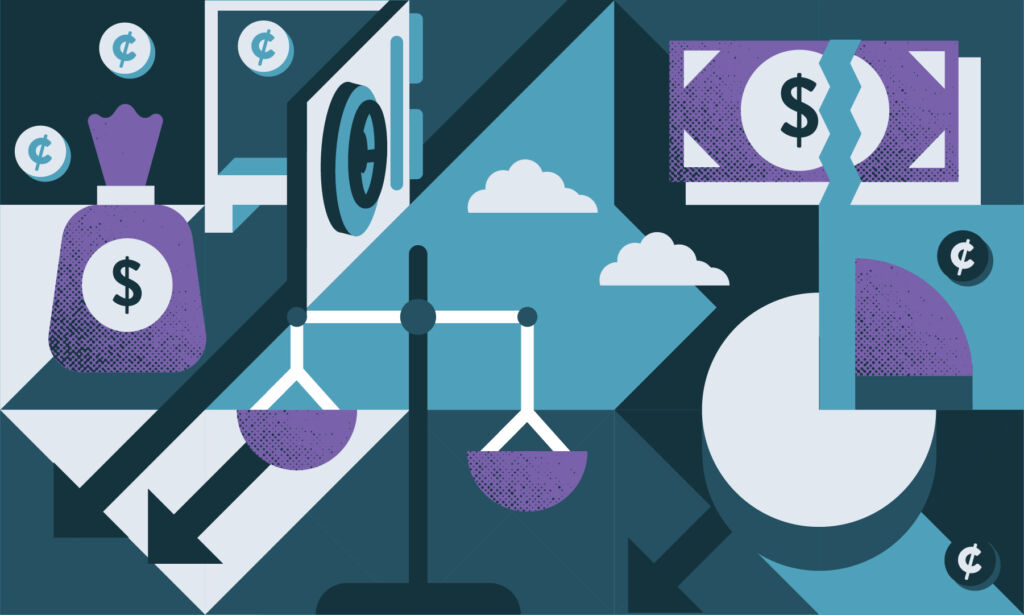The last time I sat before this committee I presented you with the results of our 2020 child care fee survey in the context of the fall economic update.
I was pleased to see those child care fee figures appear in the Budget 2021 as the starting point for the government’s ambitions national child care plan.
Specific targets on fee reductions will increase the odds that parents will see tangible changes. Parents have two main complaints about child care in Canada: that fees are high and wait lists are long.
Targeting fees, particularly with relatively quick and substantial reductions by 2022, will make a noticeable difference to parents. However, the expansion of spaces at the same time will be an important corollary to fee reductions, to ensure that we don’t trade lower fees for longer wait lists. I look forward to specific targets for space increases as well.
When it comes to planning a recovery from COVID-19, affordable and accessible child care is in a unique position. It certainly supports women as they return to the labour force, since they were harder hit than men by job loss. It also provides improved productivity, due to higher female labour force participation, thereby driving real GDP growth over the long term.
Moreover, it pays higher tax dividends than other programs. While the support for child care fees has been mostly a provincial expenditure—driven by Quebec, but also Manitoba, P.E.I, and Newfoundland and Labrador—the higher income tax revenue as a result of higher female labour force participation will go disproportionately to the federal government, not to the provinces.
This makes the federal government an ideal partner on this file, since it is also the main beneficiary of increased tax revenue.
Budget 2021 was relatively limited in its focus on new revenue generation. I’m not overly concerned about deficits, but now is the time to start to consider revenue measures so they can be properly implemented in the future.
In the short term, I’d encourage the committee to consider a Canada Emergency Wage Subsidy (CEWS) clawback for profitable companies. In the initial months of the CEWS rollout, the barriers to access it fell rapidly. The upside of the easy access was that the businesses that needed it to stay afloat could readily gain access. The downside was that businesses might squeak by on the rules, but the subsidy would end up boosting profits.
The upside of the easy access was that the businesses that needed it to stay afloat could readily gain access. The downside was that businesses might squeak by on the rules, but the subsidy would end up boosting profits.
While the Canada Revenue Agency has aggressively pursued Canada Emergency Response Benefit (CERB) recipients, there is no corresponding effort on the corporate side. Recent media reporting has illustrated that publicly traded companies were successfully receiving the CEWS while declaring substantial profits. I’d encourage the committee to consider a CEWS payback regime for companies that received it but also declared profits.
Given that more support has gone to businesses than to jobless Canadians during the pandemic, it only makes sense that profitable companies that didn’t need the CEWS be required to send it back to support other recovery efforts.
In the longer term, I’d encourage the committee to consider other revenue options. For instance, the federal government could build on its closure of the stock option deduction loophole, scheduled for July 2021. An examination of the capital gains inclusion rate, given its immense cost, could provide additional funds for the recovery, as could a more thorough review of tax expenditures, since many of those tax loopholes go to a thin slice at the upper end of the income spectrum.
The proposed Digital Services Tax, at 3% of revenues, provides a model for how profit shifting can be tackled. The 3% of revenues is a sort of minimum corporate tax for foreign corporations, although it could be expanded far beyond digital services.
It is clear from American disclosure that many multinational companies regularly employ profit-shifting strategies to declare profits in tax havens instead of in the countries where those profits are generated. Examining a minimum corporate tax rate, possibly based on the 3% of revenues rule, would go a long way to avoiding corporate freeloading on Canadian infrastructure while providing revenue to the federal government.
Finally, like the government, I have little concern about federal deficits and new federal debt. Interest paid on federal debt has fallen to historic lows, when adjusted for GDP. This is true even if one includes record pandemic deficits and important new spending in the coming five years.
These low rates make it an ideal time for the federal government to invest short term in pandemic economic recovery and longer term, to make the much-needed changes to avoid the climate emergency.
Incredibly, we’d have to go back to before the First World War to see the federal government pay less to service its debt (adjusted to GDP). These low rates make it an ideal time for the federal government to invest short term in pandemic economic recovery and longer term, to make the much-needed changes to avoid the climate emergency.
For members concerned about interest rate increases, it’s important to remember that those increases would hit all sectors, not just the federal government. Including the pandemic spending, the federal government’s debt-to-GDP ratio will sit at roughly 50%. The household debt-to-GDP stands at more than twice that amount—112% of GDP. The corporate equivalent is at 130% of GDP. Both household and corporate debt-to-GDP also increased by 10 percentage points during the pandemic.
Even small changes in interest rates, if they were brought on by the Bank of Canada hiking the overnight rate, will have big impacts on the private sector, not only because they are much more leveraged than the federal government, but because they pay higher interest rates on that debt.
In a sense, heavy indebtedness of the private sector will protect the federal government from interest rate increases.
I thank you for your time and look forward to your questions.








